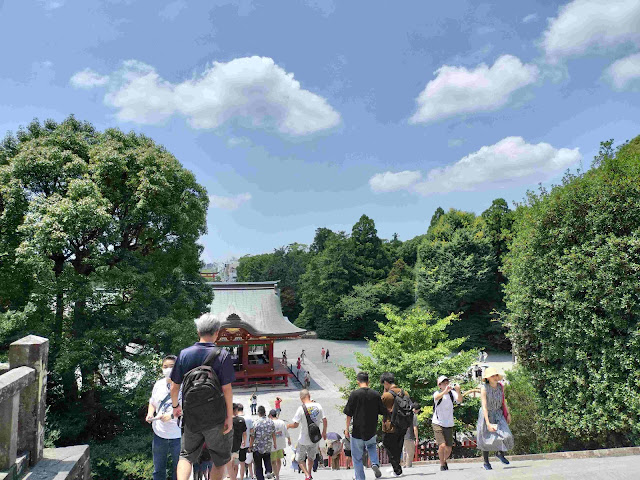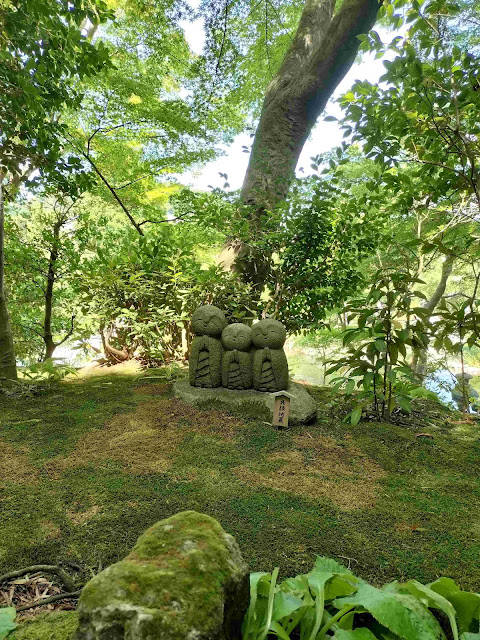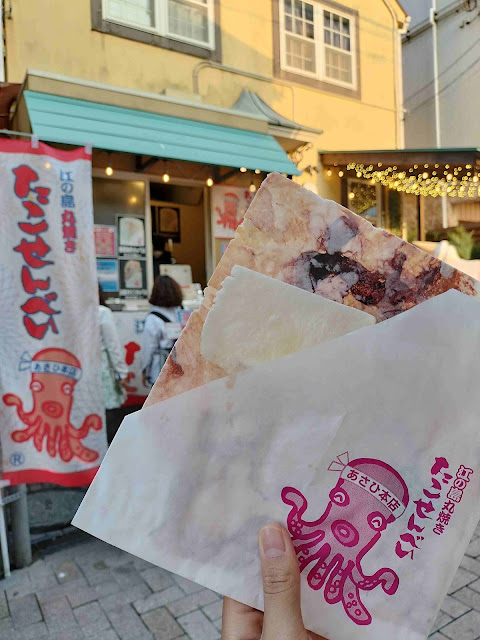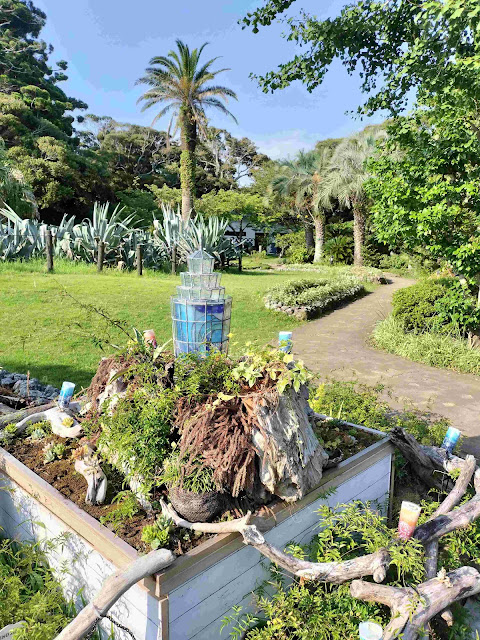Encounter through the Cabinet Office's Youth International Exchange Program
The recruitment for the Cabinet Office's online project under the Youth International Exchange Program with China has begun. This online program is a virtual version of the exchange program I participated in, which involves visiting China. It offers an opportunity for young people, including university students and professionals, to engage in international exchange even after travel between Japan and China became difficult.
While I won't be able to participate this year due to my study abroad plans, I've previously been involved in this online project as a member of the organizing committee. Although the online exchange with Chinese youths lasts for just one day, it allows for further interactions through platforms like WeChat and fosters ongoing connections.
During this project, I had the chance to meet with S-chan, a participant from the Chinese side who was visiting Tokyo for sightseeing.
Kamakura Adventure!
At S-chan's request, we decided to visit Kamakura!
Hearing recent news about the increasing number of foreign tourists in Kamakura, I also checked the popular spots for Chinese tourists using RED (小紅書), a Chinese social media platform.
The famous Kamakura High School Front Station on the Enoshima Electric Railway, known as "Enoden," and enjoying ice cream while gazing at the beautiful sea have become trendy activities for tourists, including Chinese visitors.
I also looked up model courses offered by railway companies like Odakyu Line, which cover not only Kamakura but also Enoshima as part of their standard routes.
From Shinjuku to Kamakura in One Hour via JR Shonan-Shinjuku Line
We met at 9 AM at the south exit of Shinjuku Station on the day of our trip.
I had heard a surprising story from another Chinese friend about taking two hours to meet up in the labyrinthine world of Shinjuku, so I set the meeting time early. Luckily, S-chan arrived right on time, and since she was in front of the Bus Terminal in Shinjuku, it was easy to find each other.
There are two routes to reach Kamakura: taking the Enoshima Electric Railway from Fujisawa or directly taking the JR Shonan-Shinjuku Line to Kamakura. This time, we chose the latter.
Arriving at Kamakura Station, we first headed to Tsurugaoka Hachimangu Shrine via Komachi Street, where we strolled and checked out souvenirs.
Some people, like rickshaw pullers and dried fruit shopkeepers, called out to us. As seen on the news, there were many signs in front of shops reminding people not to eat while walking, and it's essential to respect such guidelines.
At Tsurugaoka Hachimangu Shrine, we climbed to the main hall to offer our prayers. I also explained about the Kagura Hall and other parts of the shrine.
Surprisingly, I realized that I might be a living witness to history, as I had memories of the place when there was a ginkgo tree and even when it fell during a typhoon.
Enoden One-day Pass "Noriorikun"
After visiting Tsurugaoka Hachimangu Shrine, we had lunch at a soba noodle restaurant and then hopped on the Enoden. The cute appearance of this tram makes it quite popular among foreign tourists.
We purchased the one-day Enoden pass called "Noriorikun" (800 yen for adults, 400 yen for children).
Since we boarded the train around noon, we found seats and easily moved to our next destination. However, when we got on the train again around 2 PM, it was already packed. It seems that earlier times are less crowded for sightseeing.
Hase Station (Kotoku-in & Hase-dera Temple)
The journey from JR Shinjuku Station to Kamakura took about one hour. As most passengers disembark at Kamakura Station, if you stand closer to the front, you can easily find a seat.
Upon arriving at Kamakura Station, our first stop was Kotoku-in, where the Great Buddha of Kamakura stands. We strolled through Hase Street and enjoyed the view.
S-chan informed me that it is common in China to buy incense and offer prayers. I also recalled my experience of trying this during a previous visit to Shaolin Temple as part of the Cabinet Office program.
Behind the Great Buddha, there is a monument to Yosano Akiko, and we read and discussed the meaning of her poem and its cursive script together.
After exploring Kotoku-in, we headed to Hase-dera Temple. At the ticket counter, I was relieved to find that electronic money could be used for admission. It was handy as I had less cash with me.
At the temple, we also got some amulets for my upcoming study abroad. Furthermore, we got excited searching for the "Ryoen Jizo" (good match Jizo statues) shown in the photo below. S-chan had gathered information about them through RED, and it turned out there were several Jizo statues at different locations within the temple grounds.
While wandering around, we had quite a bit of exercise searching for them.
Wonderful Enoshima
Although S-chan's initial request was to visit Kamakura, since we had already come to the Kamakura area and had a one-day Enoden pass, I explained the attractions of Enoshima before heading there. As we passed through Kamakura High School Front Station, we saw a large crowd of people crossing the railway crossing, as frequently shown in the news.
As we arrived at Enoshima Station, we followed the flow of people and walked toward Enoshima. The smell of the sea filled the air, and we were both thrilled. Many people were enjoying surfing as well. However, it is quite a walk to reach Enoshima.
Feeling tired from the sightseeing until then, we opted for the escalator instead of climbing the stairs within Enoshima. The escalator took us easily to Nakatsu Shrine and Samuel Cocking Garden.
I had never been up to the Enoshima Sea Candle before, so this was my first time. Samuel Cocking Garden was under renovation, and daytime admission was free, which was probably why we decided to visit.
While walking through the park, we discovered a charming art installation. The staff members were carefully preparing for the illumination event scheduled for the evening.
Afterward, we headed toward Okutsu Shrine. Though it might sound a bit spiritual, I have experienced a sense of comfort at Shinto shrines dedicated to sea gods several times. Historically, Okutsu Shrine is famous for cutting ties, but I also felt a similar sense of connection at Enoshima.
Since we were running short on time and energy, we didn't go inside the Enoshima Iwaya Caves. Instead, we enjoyed a clear view of the beautiful sea and conquered the stairs on our way back.
Back to Shinjuku on a Day Trip to Kamakura - A Wonderful Experience!
On our return, we took the Enoden from Enoshima Station to Fujisawa Station, then boarded the Odakyu Line and arrived directly at Shinjuku. It's interesting that you can take different routes to return to Shinjuku after a day trip.
During this day trip, we explored the classic spots popular among foreign tourists in Kamakura!
Though S-chan is a Japanese language learner and not a typical foreign tourist, spending the day with her allowed me to rediscover the longstanding charm of Kamakura and enjoy visiting new shops and souvenir stores.
We also had the opportunity to talk about her life during her study abroad and the preparations she made before coming to Japan, which was very informative and made it a great day overall.
.jpg)







No comments:
Post a Comment